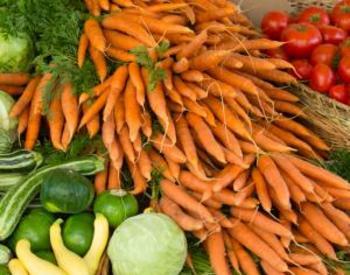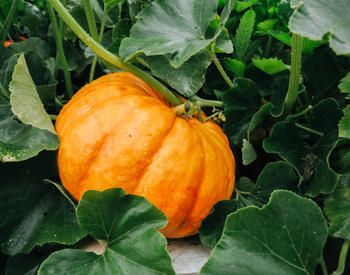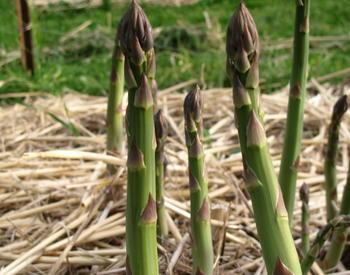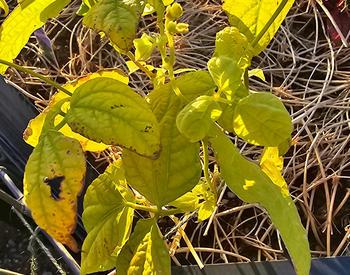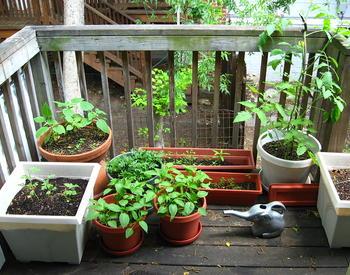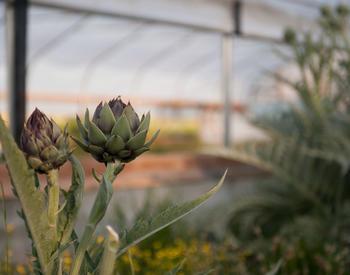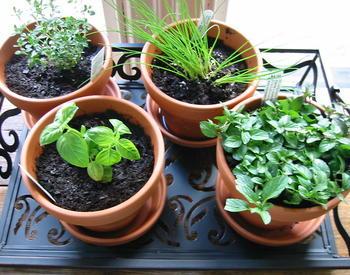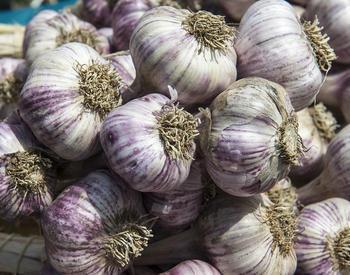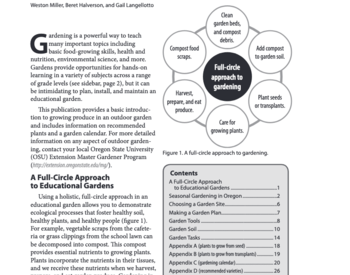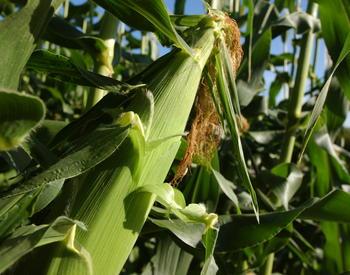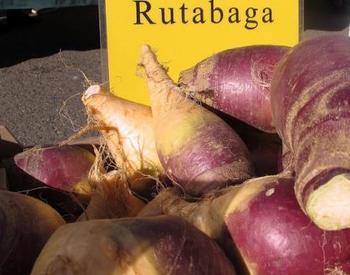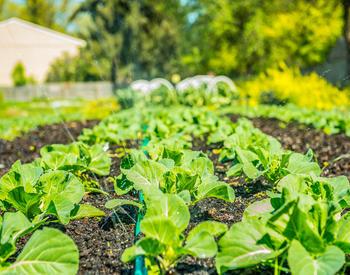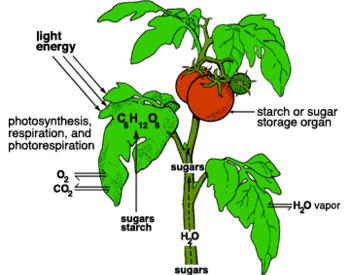Vegetable gardening is trending way, way up as more people embrace growing some of their own food. The short growing season and cool nights — even in midsummer — make vegetable growing in the Klamath Basin particularly challenging, even to those who have successfully “grown their own” elsewhere where conditions are more favorable.
In addition to increasing food security, vegetable gardening is therapeutic, a valuable and soothing way to spend time at home. A few tips tailored for cooler climate areas can help new and newly transplanted vegetable gardeners enjoy greater success in the quest for tasty vegetables fresh from the yard.
Don’t be in a hurry
The earlier plants are started outside in cooler climates, the more work ultimately needed to protect them from cold. Plant hardiness varies with developmental stage, even in cold-hardy plants like kale, spinach, cabbage, parsley and beets. Other plants can survive in cool temperatures but do not thrive or can even be stunted, which slows growth even after temperatures warm. Consider how much season extension is appropriate for your garden and situation.
Season extension encompasses a variety of techniques used to warm the soil and air right around the plant to provide better growing conditions each with different monetary and labor costs. Be especially unhurried to put out warm-season vegetables — tomatoes, peppers, melons, cucumbers and squash. Wait until the soil is warm enough.
Harden off in stages
Starting seeds indoors is one work-around for a short growing season. Deciding when the weather conditions are right to plant seedlings can be challenging. Plants grown at room temperature, planted on a sunny day and thrust into a frost their first night are going to fail.
“Hardening off” is gradually acclimating plants to cooler and cooler temperatures. This might include moving them to a different room or garage or putting plants out for part of the day and bringing them inside at night.
Be prepared to pamper
Vegetable gardening in the Klamath Basin requires more dedication than in other places — regular watering, frost protection ability at almost any time, keeping soil warm, fertilizing enough to promote vigorous growth without applying too much.
Be willing to pay attention to the weather and cover or move plants accordingly all through the summer. Area soils vary widely. It may be worthwhile to invest in a soil test if gardening in your yard for the first time.
Start small
It’s very easy for gardeners to start way too much seed. Both new and experienced gardeners gleefully underestimate the amount of time it will later take to weed, water, pick and weed some more. The long period between the “cute little seedling” stage and the harvesting stage can be discouraging to the new gardener, involving much more work than anticipated.
Occasionally, a new gardener overcomes this stage to be assaulted with so much harvest that the new work involved with preserving or giving away the bounty is equally discouraging. Starting small can prevent these challenges, helping the gardener more easily find balance between what can be grown and what can be eaten.
Thinking small is of value to those growing in containers or raised beds: numerous vegetable varieties have been developed specifically for these small spaces or for consumption by small families. Descriptive information in a good seed catalog can help the veggie gardener make choices best suited to their growing conditions.
Direct seed vs. transplanting
Not all plants transplant equally well, so starting plants indoors will not work for all vegetables. In general, root crops such as beets, carrots, onions and the like are better off not transplanted.
Most gardening literature will suggest that seed size is a good way to judge whether to transplant or direct seed: small seeds start indoors and are transplanted; large seeds go right into the ground. However, many of those large seeds, like melons, can take a long time to mature, so that wisdom must be weighed against the value of starting them indoors in a short season.
